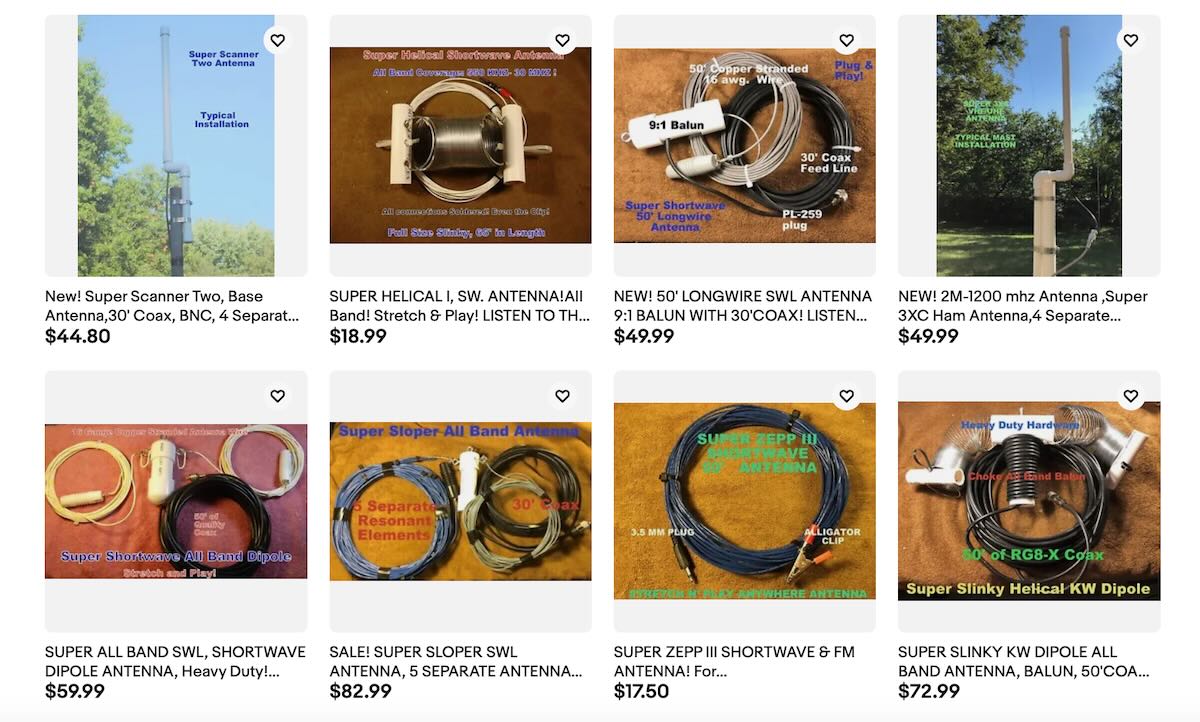 Many thanks to SWLing Post contributor, Jack Dully, who writes:
Many thanks to SWLing Post contributor, Jack Dully, who writes:
MFJ has gone through a metamorphosis with their marketing and I thought that some radio readers might find this brief origins of MFJ interesting!
From their September 2020 Newsletter:
MFJ: Labor of Love

October, 1972.
Richard “I am not a crook” Nixon was our country’s president, The Dallas Cowboys beat the Miami Dolphins in Super Bowl VI, The Godfather was released to cinemas, George Carlin is arrested in Milwaukee, Wisconsin for uttering his ” Seven Words You Can Never Say On Television” comedic routine, Bobby Fischer defeats Boris Spassky in a chest match in Iceland, and in the small college town of Starkville, Mississippi a young Martin Jue started MFJ Enterprises, Inc., while still teaching at Mississippi State.
Martin F. Jue built this company back in 1972 with his bare hands. There were no other employees besides himself and he had a full time teaching job at Mississippi State University. The CW-F2 was his first product. It came about through a love of ham radio and in particular Morse code.
Since it is the day after Labor Day we thought we would salute the gentleman that brought us where we are today, The World Leaders in Amateur Radio Accessories! Without Martin Jue’s undying love and hard work for his namesake business, we all wouldn’t be enjoying our years here. MFJ has never had a major layoff or shutdown for any reason. 48 years later from Martin Jue’s single man company, we own four other businesses, have a tremendous product line and some of the most wonderful folks building ham radio toys under MFJ Enterprises, Inc.
Thanks again Martin Jue for your Labor of Love, MFJ the business. We are all grateful to you to be a part of your very successful venture into the world of business and ham radio. Your labor of love is greatly appreciated!
The CW-F2

Produced in October 1972, the CW-F2 was designed for the big boat anchor rigs of the time to help in CW filtering. The CW-F2 could separate two CW signals and make for more enjoyable listening. Mr. Jue used to give extra credit to his students if they helped build some of these.
The MFJ-998RT
 Look at how far we have come! SMT, modern metal punching and forming machines. Here are the insides of the modern MFJ-998RT, legal limit automatic remote antenna tuner.
Look at how far we have come! SMT, modern metal punching and forming machines. Here are the insides of the modern MFJ-998RT, legal limit automatic remote antenna tuner.
We salute all laborers out there for a job well done, especially our front line doctors, nurses, police officers, our US military, and Army National Guard during these crazy times. We appreciate you and our many customers! God Bless You All!
BTW — If you want to build your own modern CW-F2 kit today, the product is still alive on our Vectronics kit line as a CW audio filter kit.
P.S. VEC-820K is very similar to the first product of MFJ. A CW Audio Filter kit that you can have fun building yourself and relive a little history of MFJ!
Click here to visit MFJ.
Thank you for sharing this, Jack!
MFJ does something that few other US manufacturers can do. They still keep the majority of their manufacturing in Mississippi and they have a solid warranty. You can even reach a human being in customer service and they repair or replace their own gear. They do this while keeping their prices very competitive.
Their gear must be the most widely used here in the States. You’re hard-pressed to find a ham who hasn’t purchased from MFJ.
Their founder and president, Martin Jue, is a top-shelf fellow, too. I’ve met him a number of times. He’s an inspiring guy with an amazing story. His employees love him, too, because he’s fully invested in his company, his community and his hobby. His company has virtually no churn at all–most of his employees have been with MFJ their entire working career.
Last month, I was very proud to add MFJ as a sponsor of the SWLing Post.











